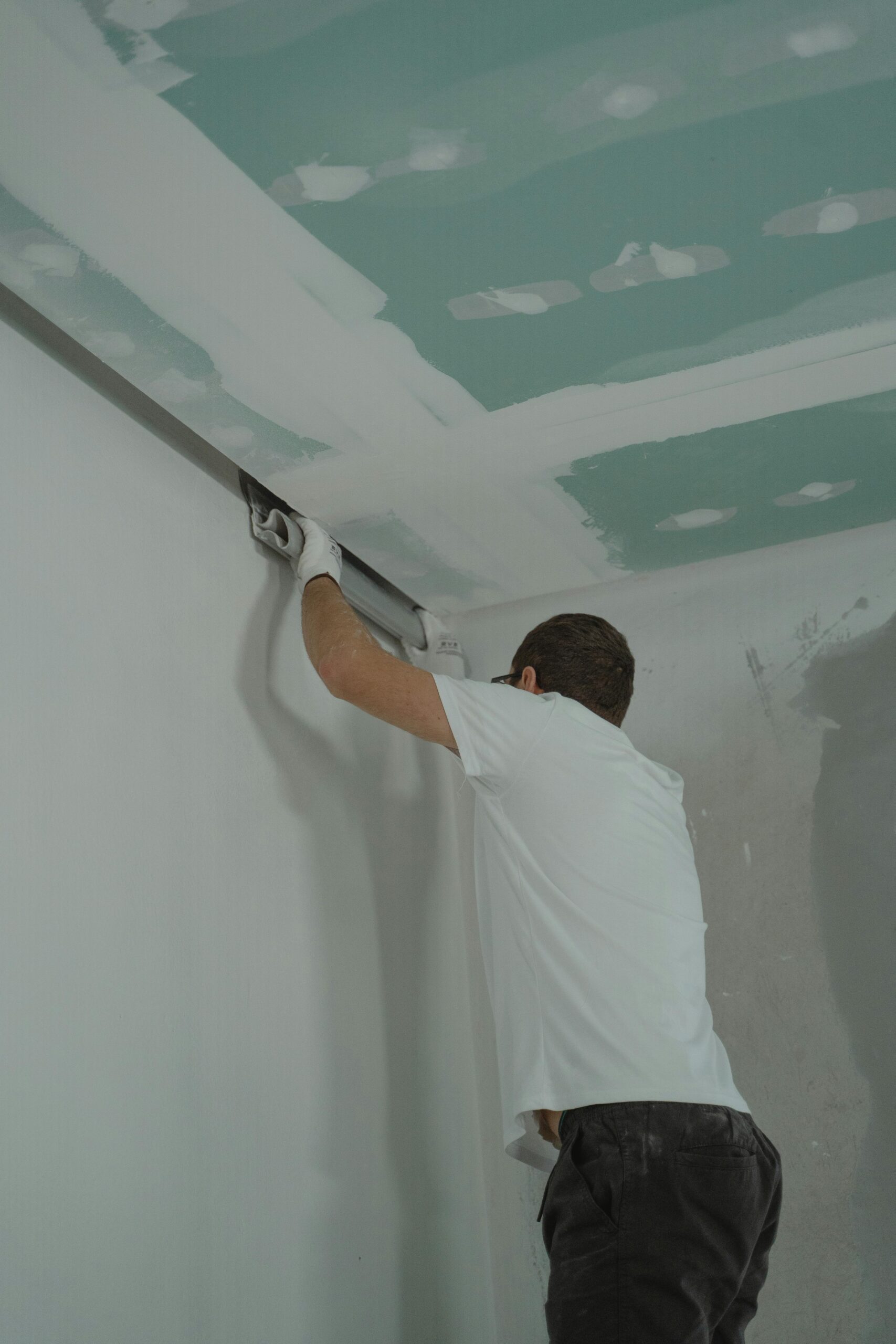
Fix & Flip Guide
A fix and flip involves purchasing a property, renovating it, and then quickly reselling it for a profit. It can be lucrative but also carries significant risks. Here’s a comprehensive guide:
1. Preparation and Planning
- Market Research: Thoroughly research your local real estate market. Identify areas with strong demand, rising prices, and a good track record of flips.
- Define Your Budget: Determine how much you can afford to spend on the purchase and renovation. Factor in closing costs, carrying costs (mortgage interest, property taxes, insurance), and a contingency fund for unexpected expenses.
- Set a Realistic Timeline: Establish a realistic timeline for the entire process, from finding a property to closing the sale.
- Assemble Your Team: Build a reliable team of professionals, including a real estate agent, contractor, inspector, and potentially a lawyer and accountant.
2. Finding the Right Property
- Target Distressed Properties: Look for properties that are undervalued due to disrepair, foreclosure, or other factors.
- Network and Build Relationships: Connect with real estate agents, wholesalers, and other professionals who can help you find off-market deals.
- Analyze Potential ROI: Carefully analyze the potential return on investment (ROI) for each property you consider. Factor in purchase price, renovation costs, carrying costs, and expected resale value.
3. Due Diligence and Inspection
- Conduct a Thorough Inspection: Hire a qualified home inspector to identify any potential problems with the property.
- Get Multiple Estimates for Repairs: Obtain multiple estimates from different contractors to ensure you’re getting competitive pricing.
- Check for Permits and Code Violations: Verify that any previous renovations were done with proper permits and comply with building codes.
4. Financing the Project
- Cash Purchase: Paying cash is the simplest option but requires significant capital.
- Hard Money Loans: These short-term loans are specifically designed for fix and flips but come with higher interest rates and fees.
- Rehab Loans (FHA 203(k)): These loans combine the purchase and renovation costs into a single mortgage.
- Private Lenders: Borrowing from private individuals or investors.
5. Renovations and Repairs
- Prioritize Value-Adding Renovations: Focus on renovations that will have the biggest impact on resale value, such as kitchen and bathroom remodels, flooring upgrades, and curb appeal improvements.
- Stick to Your Budget and Timeline: Carefully manage your budget and timeline to avoid cost overruns and delays.
- Hire Licensed and Insured Contractors: Ensure all contractors you hire are licensed and insured to protect yourself from liability.
6. Marketing and Selling
- Stage the Property: Stage the home to showcase its best features and create a positive first impression.
- Professional Photography: Use high-quality photos and virtual tours to market the property online.
- Price Competitively: Price the property competitively based on recent comparable sales in the area.
- Work with a Real Estate Agent: A good listing agent can help you market the property effectively and negotiate offers.
Key Considerations for Success
- Accurate Cost Estimation: Underestimating renovation costs is a common mistake that can eat into your profits.
- Market Timing: Market fluctuations can significantly impact your profitability.
- Project Management: Effective project management is essential to keep the project on track and within budget.
- Contingency Planning: Always have a contingency plan in place for unexpected expenses or delays.
Risks of Fix and Flips
- Market Downturns: A decline in the real estate market can make it difficult to sell the property for a profit.
- Cost Overruns: Unexpected repairs or delays can lead to cost overruns that can reduce or eliminate your profit.
- Carrying Costs: Holding costs (mortgage interest, property taxes, insurance) can accumulate quickly and impact profitability.
Fix and flipping can be a rewarding investment strategy, but it requires careful planning, research, and execution. It is not recommended for novice investors without a strong team of professionals.
May 15, 2025
Leave a Reply Cancel reply
© 2020 CENTURY 21 Prime South Realty, Inc. All rights reserved. CENTURY 21®, the CENTURY 21 Logo and C21® are registered service marks owned by Century 21 Real Estate LLC. Century 21 Real Estate LLC fully supports the principles of the Fair Housing Act and the Equal Opportunity Act. Each office is independently owned and operated.